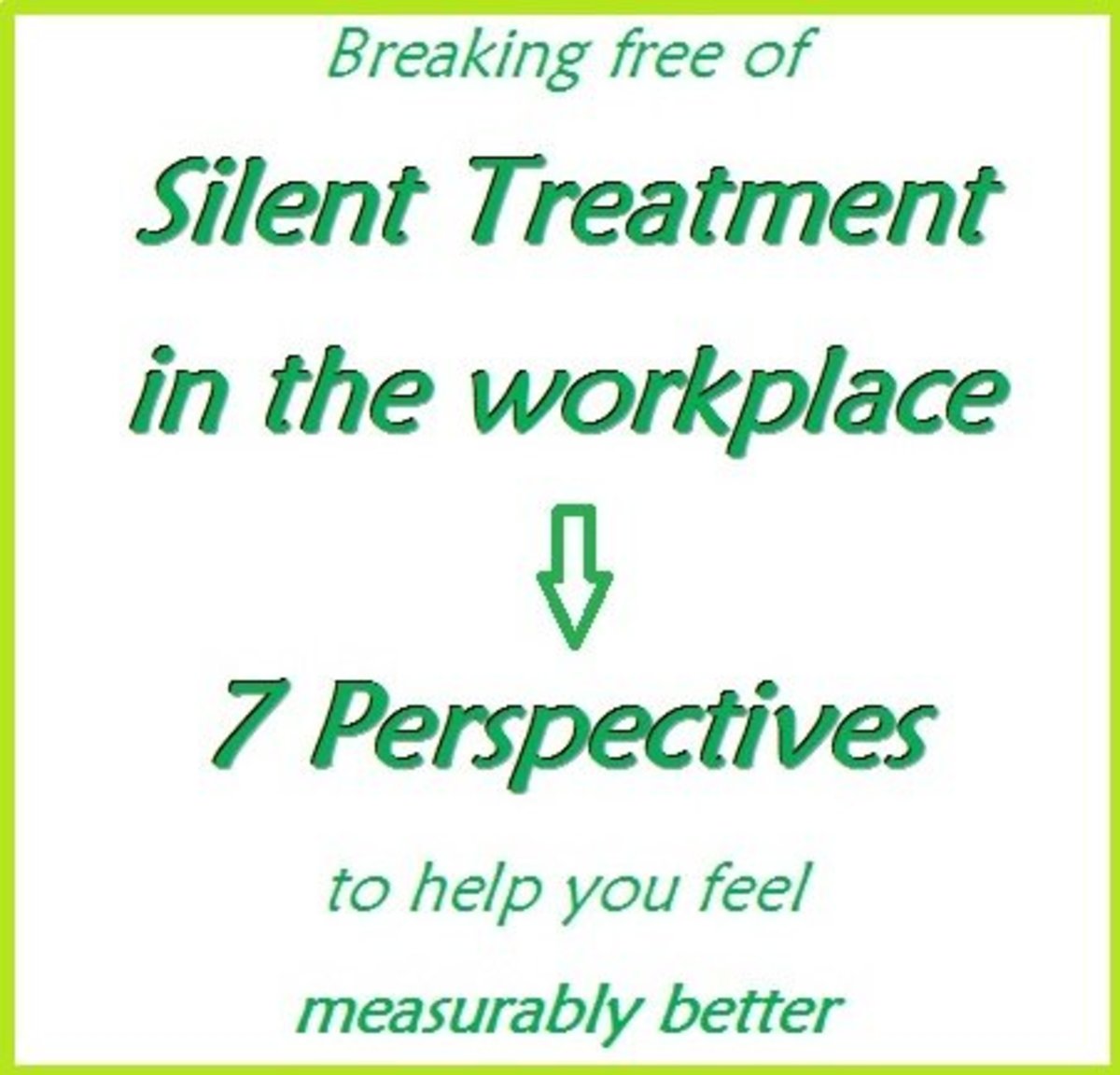Affirmitave Action Plans and Title VII in the Workplace
Implementing Affirmative Action Plans - Legal Implications
Affirmative Action Plans -
This hub describes the elements of Affirmative Action as it applies to public sector and private sector employers, and how it interacts with Title VII requirements of Equal Employment Opportunity. It addresses the following:
a. What employers are subject to affirmative action plans and why?
b. What do the plans require employers to do?
c. What happens if employers do not meet the goals of the affirmative action plan?
Affirmative Action Programs | Voluntary Affirmative Action Plan Implementation
Affirmative action programs are intended to positively structure the behavior of both private sector and public sector employees. Some laws may apply to just private employers, while others may apply to educational institutions, employment agencies and public sector employees. Still, the laws do take into account how many employees are working at a company, and how many employees are in each location. Even so, companies of every size should make an ethical effort to avoid discrimination. “An affirmative action plan consists of statistical analysis of the employer's under utilization of individuals from certain protected classes and includes the steps that will be taken to improve their representation in the employer's workforce” (PPS, 2008). Affirmative action plans may be voluntary or court ordered, and the intention of such plans is to give opportunities to a group that has been traditionally discriminated against.
Title VII Discrimination Prohibitions
Title VII prohibits many forms of discrimination in the workplace. Still, the historical presence of discrimination has caused many industries to have a natural discrepancy in the number of minority employees. In these situations, affirmative action programs are used to help add balance to industries with historical statistical imbalances. They do this by encouraging employers to show preference to minority employees with equal qualifications until balance is achieved. Employers who do not follow these guidelines may be required to adopt an affirmative action plan through court order. If they do not correct the imbalance, then the companies can be prosecuted under the Title VII statutes.
“Many, mistakenly, think affirmative action is a law that takes qualified whites or males out of their jobs and gives the jobs to unqualified minorities or females, or that affirmative action is an entitlement program that provides unqualified women or minorities with jobs while qualified whites or males, or both, are shut out of the workplace.” (Bennett-Alexander and Hartman, 2007). In reality, affirmative action plans help give women and minorities opportunities to work in fields that have been historically, predominantly, dominated by Caucasians and males. For example, the legal profession has been dominated by white males for most of America’s history. Because of this, affirmative action programs target law schools during the admissions process and law firms during both hiring and promotion.
Implementing a Court Ordered Affirmative Action Plan
Court ordered affirmative actions plans have requirements that prevent them from being overly burdensome on third parties and from allowing unqualified individuals to be promoted or hired. “Some employers adopt voluntary affirmative action programs in order to remedy past adverse impact against particular protected classes. For example, an employer may implement a plan to encourage more women to apply for a job category traditionally dominated by men” (PPS, 2008). Affirmative action plans should be temporary, and they should dissolve after the plan’s goals have been achieved. If companies continue hiring and promoting minorities at an unbalanced rate after the adverse impact has been remedied, they are at risk for receiving a reverse discrimination charge.
Businesses required to comply with Title VII Regulations
Most businesses are required to comply with Title VII, and are eligible to participate in affirmative action programs. “For example, as of 2005, federal laws such as Title VII and the Americans with Disabilities Act apply to private employers, employment agencies, educational institutions, and state and local governments with at least 15 employees. Other federal laws, like the Age Discrimination in Employment Act, apply to private employers with at least 20 employees” (Gross, 2008). Understandably, smaller companies may have a difficult time proving that they have not participated in discrimination practices because percentages can be skewed by the small sample size. Because of this, many federal laws regarding discrimination in hiring do not cover small businesses. Still, state legislation often has a set of rules that encompasses businesses of every size. Regardless of size, companies will find it favorable to avoid discrimination or the perception of discrimination in hiring, promotion, and termination of employment.
Voluntary Affirmative Action Plans - Who Qualifies for Voluntary Affirmative Action Plans
When companies do not meet the terms of court ordered affirmative action plans, they will be penalized for non-compliance. “The Secretary of Labor or the appropriate contracting agency can impose on the employer a number of penalties for noncompliance” (Bennett-Alexander and Hartman, 2007). These penalties can include a recommendation to pursue criminal proceedings, and in cases where companies are profiting from government contracted work, contracts may be terminated with contractors who refuse to comply with affirmative action requirements. Individually, employees who believe they have been discriminated against can file a claim with the EEOC. At that time, the employee can ask for compensatory and punitive damages.
Although affirmative action programs are designed to eliminate the long-term effects of discrimination, some employees believe that they promote reverse discrimination. Many occupations, like attorneys, have traditionally only offered opportunities to white males. Other industries, like the medical industry, have a history of offering lower paying jobs to females, and higher paying jobs to males. For example, women were traditionally expected to be nurses while men become doctors. Affirmative action plans work on several levels. Law schools and medical schools must accept an amount of qualified women and minorities that helps to balance the historical discrepancy. Discrimination laws may apply to private sector employers, educational institutions, public sector employers, employment agencies, and public sector employees. Most federal laws only apply to companies with over 15 or 20 employees. Still, all companies should make an effort to avoid the appearance of discrimination. Regardless of penalties, which may include paying employees punitive and compensatory damages, companies should make ethical considerations for diversity.
References
Bennett-Alexander, D, & Hartman, L (2007). Employment law for business. New York,
NY: McGraw-Hill/Irwin.
Gross, B (2008). What Federal, State or Local Laws Apply to Your Employees?
Retrieved from http://www.allbusiness.com/legal/laws-government-regulations-employment/11331-1.html
PPS (2008). Personnel Policy Service, Inc. Retrieved from
http://www.ppspublishers.com/articles/gl/aap_who_needs.htm#Court-Ordered%20Plans
Affirmative Action Plan






